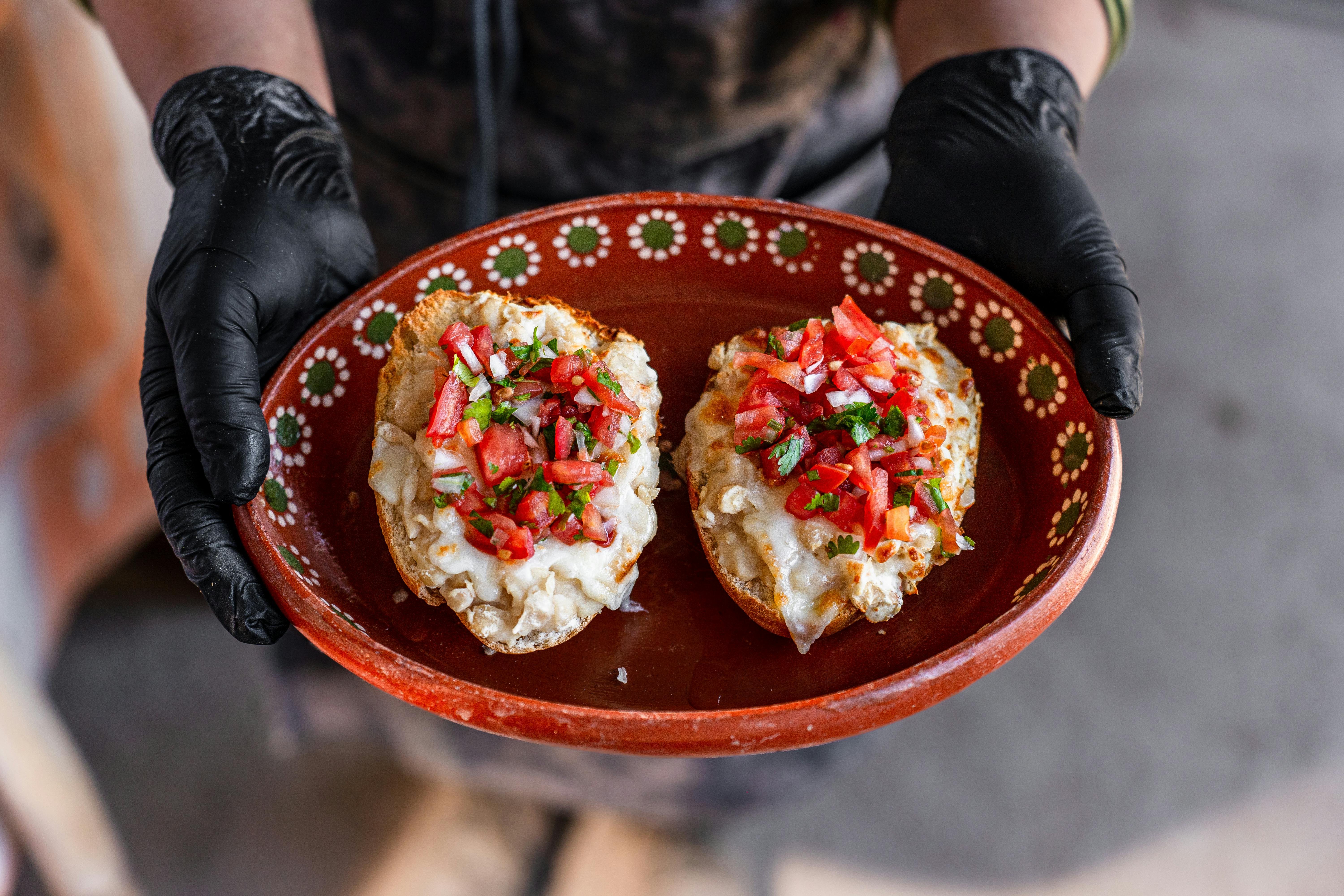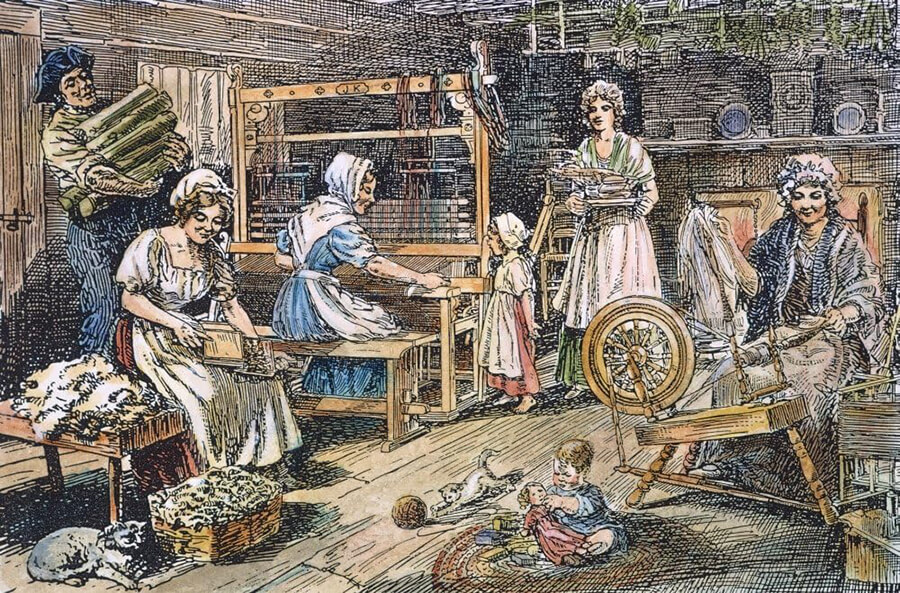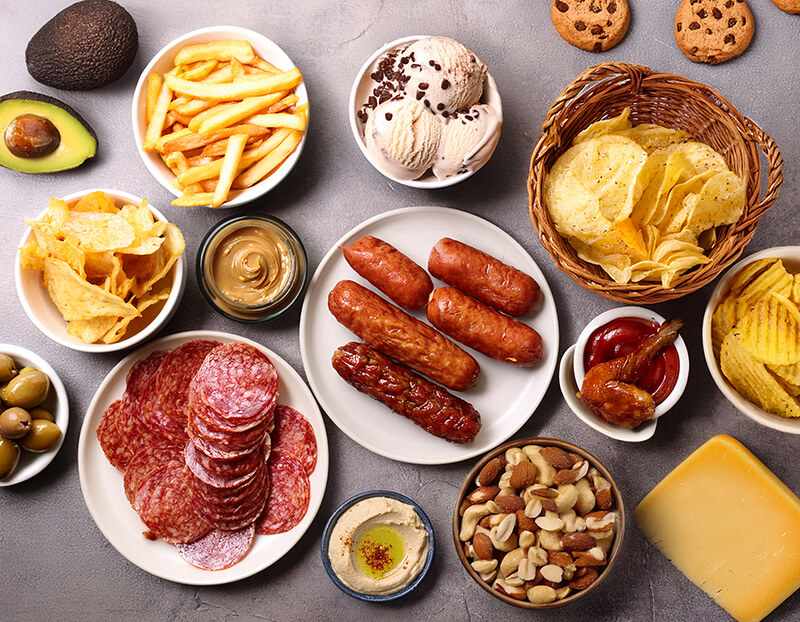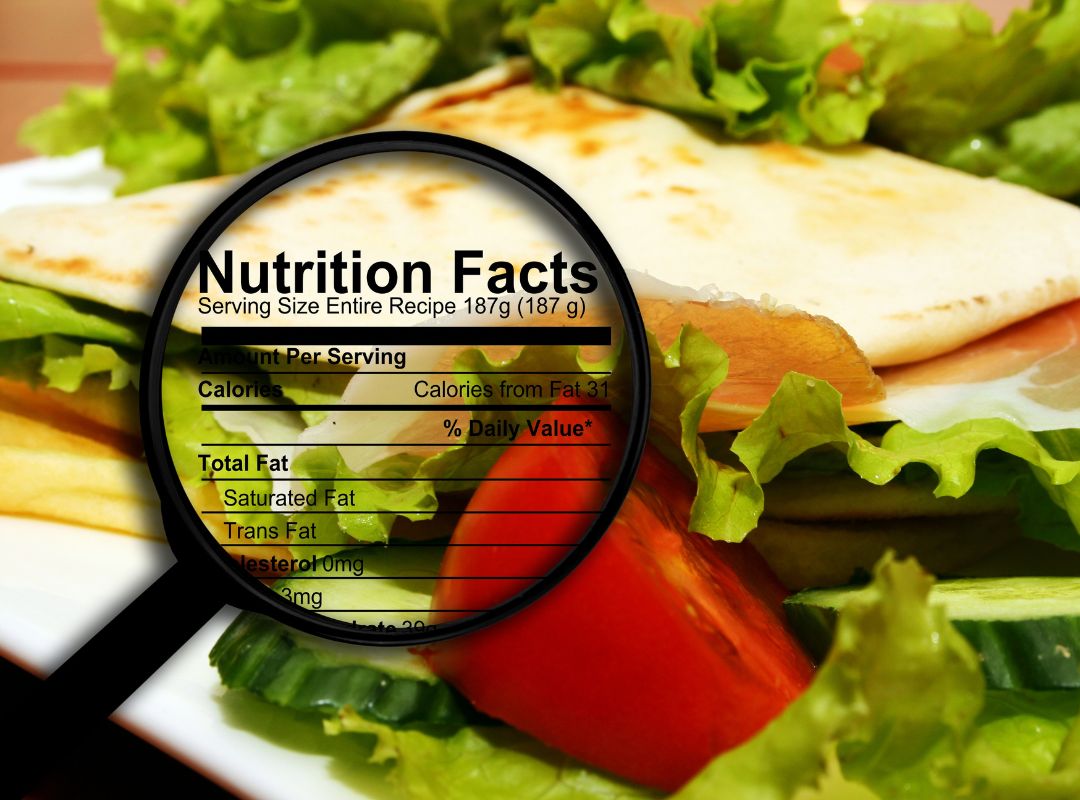Enjoying the Harvest
Students identify the parts of a wheat plant and wheat kernel and investigate the process of milling wheat kernels into flour.
Students identify the parts of a wheat plant and wheat kernel and investigate the process of milling wheat kernels into flour.
Students use the story The Little Red Hen to investigate wheat production and bread making. Students thresh their own wheat and grind it into flour to make bread.
Students explore the economic and environmental benefits of buying locally grown food.

Through project-based learning, students will develop and manufacture a unique and nutritious food product that includes ingredients that have been sourced locally and can be served in retail outlets or the school cafeteria.
Students explore the connection between geography, climate, and the type of agriculture in an area by reading background information and census data about the agricultural commodities beef, potatoes, apples, wheat, corn, and milk.
Students use the story of The Empty Pot to explore literature and science, practicing story mapping and examining the needs of plants and the importance of soil and water. Like the characters in the story, students plant and observe the growth of seeds.
Students use the story of The Empty Pot to explore literature and science, practicing story mapping and examining the needs of plants and the importance of soil and water. Like the characters in the story, students plant and observe the growth of seeds.

Students investigate how the need for wool impacted the American colonists by examining the Wool Act of 1699, determine the importance of wool in colonial America, and compare and contrast the differences between processing wool then and now. Students spin, weave, and dye wool to explore how wool was processed in Colonial times.

This lesson describes the role of fats in food and in the body, and how they serve as a source of energy. It provides information on different types of fats that are listed on the Nutrition Facts label – including total fat, saturated fat, and trans fat—and defines trans fat and cholesterol. The lesson also includes dietary guidance for fat consumption.
This lesson introduces students to food safety, the 4 Cs of Food Safety, the Farm-to-Table Continuum, who’s responsible for keeping our food safe, and the link between food safety and other content areas. Students will also be challenged to hypothesize about where most bacteria are found and develop awareness that bacteria are everywhere and that various surfaces might have different levels of organisms.

Explore the features of the Nutrition Facts label with a focus on protein, analyze serving size, and make a Nutrition Facts label for a smoothie.

Students will plan a healthy meal – breakfast – using the Percent Daily Value (%DV), and will use the Nutrition Facts label to evaluate and compare foods as they plan their meals.